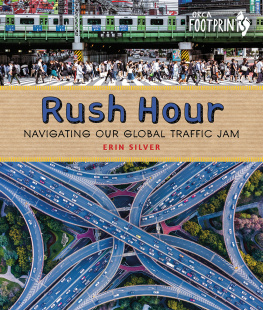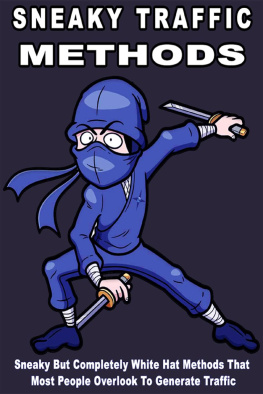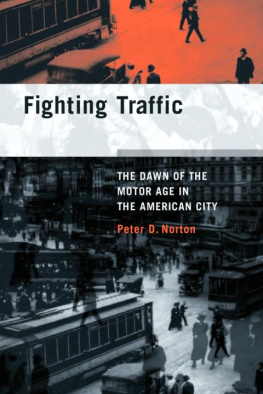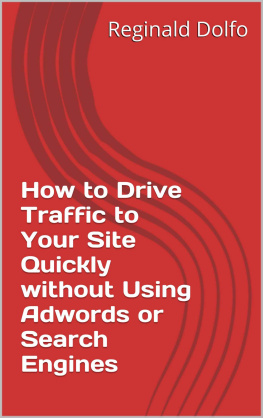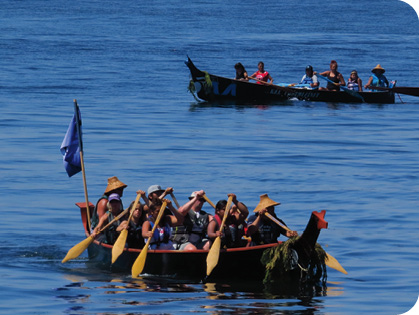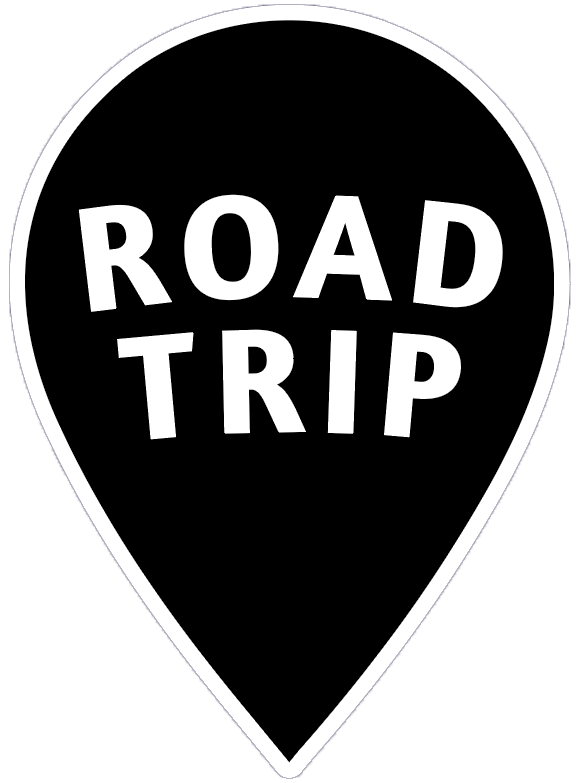Today we canoe for recreation, but it wasnt too long ago that boats like this were a main form of transportation.
Believe it or not, people didn't always get around in cars. For thousands of years Indigenous Peoples in North America have traveled on rivers and lakes by canoe in summer. In winter they follow frozen waterways. When the British and French settlers and soldiers arrived in North America in the 16th and 17th centuries, they used the same routes. This was how food, fur, spices, metal and wood made their way across the continent. These methods of transporting goods helped the economy grow.
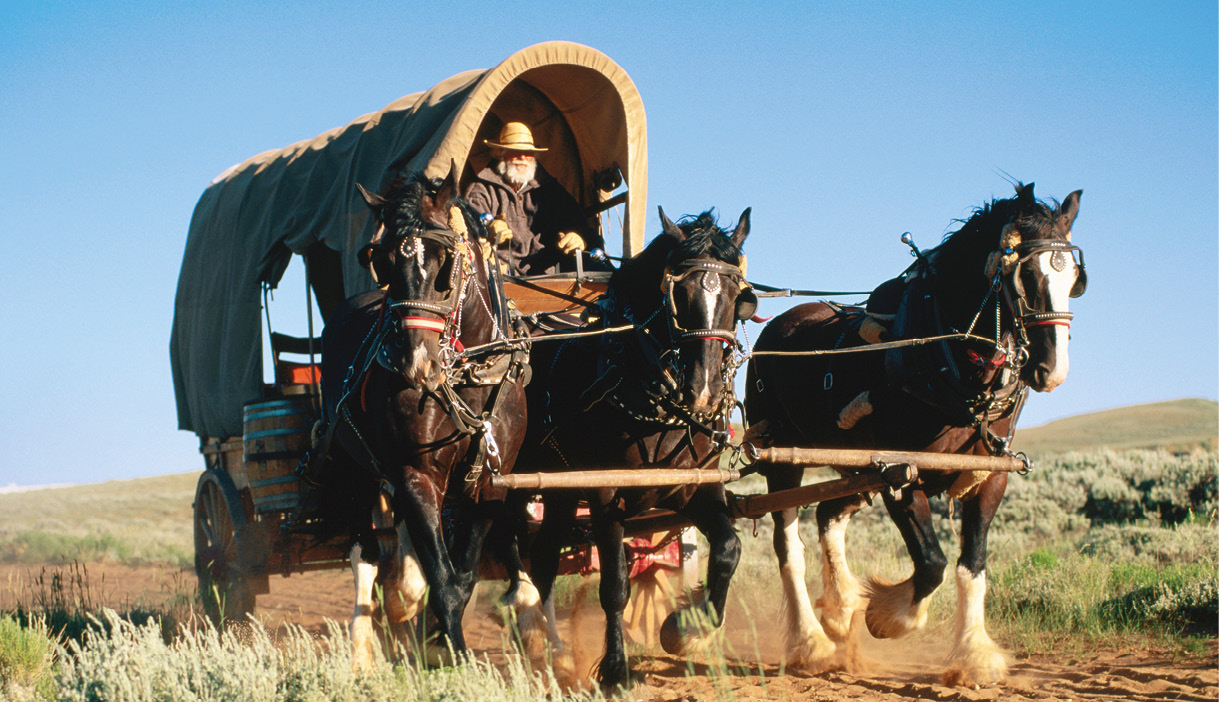
Hold on to your horses. Before cars, people used horses and wagons to get around.
Holger Leue/Getty Images
Pit Stop
Have you ever heard the term horsepower ? It was invented to compare the power of steam engines with the power of workhorses. Now its used to talk about engines. The higher the horsepower, the faster a car can accelerate. Early cars, like the 1920 Ford Model T roadster with a turtle deck, had about 22.5 horsepower. Compare that to the car with the most horsepower today, the Bugatti Chiron Super Sport 300+. It has 1,600 horsepower.
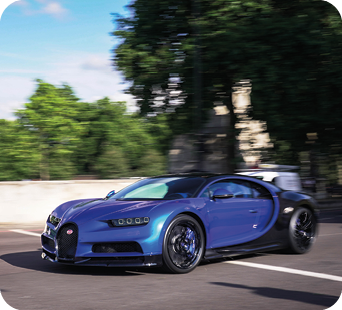
This is my sons favorite car. Dont blink or you might miss it driving by!
AaronTsui/Shutterstock.com
Giddyup! Getting around
with horses and buggies
Imagine riding a bicycle along bumpy, unpaved roads. Youd probably toss your cookies! Thats what it was like in many places around the world in the 1700s and 1800s. Roads were so bad that people preferred to travel on horseback or by foot rather than in a wagon. Wagons were usually homemade, the wheels made from oak-tree trunks, and were pulled by horses or oxen. It wasnt a comfortable or safe ride. And it probably smelled bad too!
Good roads were needed to move soldiers to fight military battles and to expand trade routes, so the government paid professionals to build better roads. These routes spread farther and farther, connecting cities and, eventually, whole continents. The timing was perfectsoon horseless buggies would be invented.
Even though the assembly line revolutionized the auto industry by increaksing the number of cars that could be produced, workers hated it. They had to stand there doing the same repetitive job over and over again for nine hours a day, without proper breaks. People quit so often that in 1914 Henry Ford made an announcement at his plant. Instead of paying workers $2.34 for a nine-hour day, he would now pay $5 for an eight-hour day. Even though the job didnt improve, the extra pay kept workers on the job.
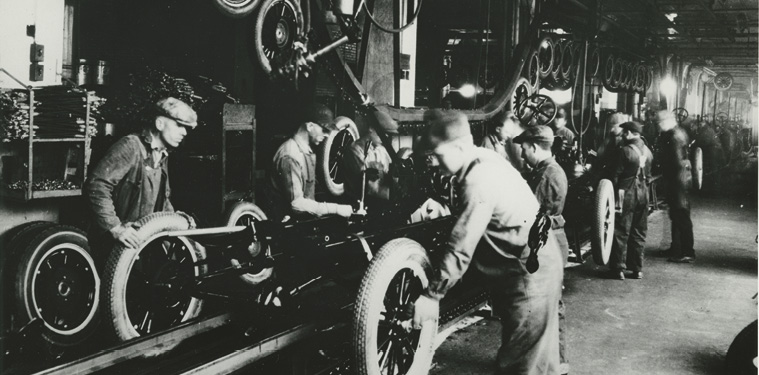
People worked hard on Ford assembly lines to produce cars for a growing number of drivers.
From the Collections of The Henry Ford
Vroom-vroom!
The invention of the car
When Karl Benz designed an engine powerful enough to move people, the future of transportation changed forever. In 1886 Benz sold 25 Patent-Motorwagen cars to customers. At first only a few wealthy people had them. These cars were used just like go-kartsfor fun. Cars were expensive, unreliable and even dangerous. There also werent proper rules or safety regulations.
But as people found less expensive ways to make cars in the early 1900s, the auto industry took off. The first assembly line started moving at the Ford plant near Detroit in 1913. It wasnt long before motorized vehicles were zipping along roads. Soon the horse and buggy were replaced by cars. Sales in Canada grew by almost 800 times in just over 20 years.
This chart shows how quickly cars became the main form of transportation.

Chaos in the streets
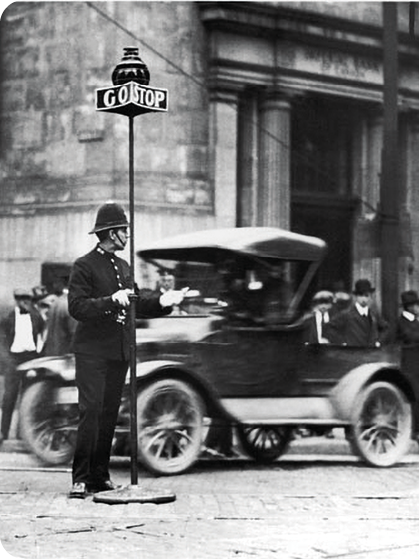
Before there were automated traffic lights, signals were handheld. A police officer in Toronto directs traffic in this picture taken around 1920.
City of Toronto Archives, Fonds 1244, Item 1008
Picture this: youre in the gym with the entire school, and everyone decides to play a different game at once. Little kids are hula-hooping next to big kids shooting hoops. Some are playing floor hockey, and others are playing dodgeball. There are no teachers or referees to make sure everyone is playing nicely and giving each other space. Sounds like chaos!
Thats what roads were like when cars were first invented. They were clogged with horses, cars, streetcars, merchants and children. Countries tried different ways of controlling the traffic. In North America, laws had vehicles drive on the right, while in Britain, people had to drive on the left. Cities also experimented with traffic lights. The first traffic light in the world was installed in Britain in 1868. Unfortunately, it was a gas lamp, and it exploded.
For decades in North America, traffic lights were handheld. A police officer stood in the middle of the intersection, spinning a sign that said stop and go. It wasnt exactly safe, but at the time there was no other way.
Green means go
In 1914 a new system was tried in Cleveland. A police officer sat in a raised booth on the sidewalk, using an electric signal to control traffic. For the first time, drivers stopped at a traffic light. Red meant stop, and green meant go. Yellow, for slow down, was added in 1919 in Detroit, and it became standard. Crowds gathered at intersections to watch. Early on, an officer was there in case anything went wrongand to explain the system to anyone who was confused.

Buckle upits the law. Seat belts became mandatory in new cars in the United States in 1968. Since 1976 they have been required in Canada too.
Kate_sept2004/Getty Images
Other changes began to happen at the same time. Trees were cut and grassy fields disappeared to widen roads and make space for sidewalks. Soon people started talking about making cars safer too. Can you guess what safety features were discussed? Horns and double headlampsseat belts werent invented until 1959!

